Virgin Galactic selects Aurora Flight Sciences to build new motherships
Original Publication Date: 2022-07-06 20:05
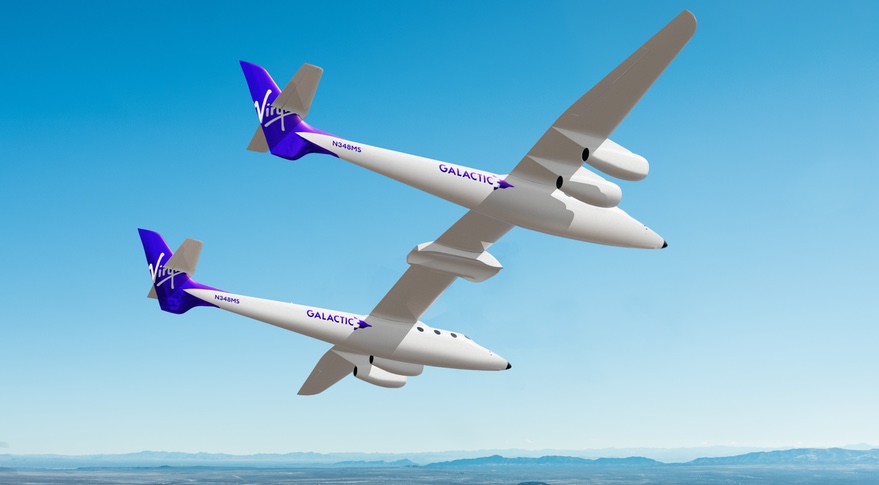
Virgin Galactic says it has signed an agreement with a Boeing subsidiary. Aurora Flight Sciences will build two carrier aircraft, or motherships. The planes will be used as launch platforms for its next-generation suborbital spaceplanes. The companies did not disclose the value of the contract.
Satellite companies watching where DoD goes with 5G
Original Publication Date: 2022-07-06 22:02
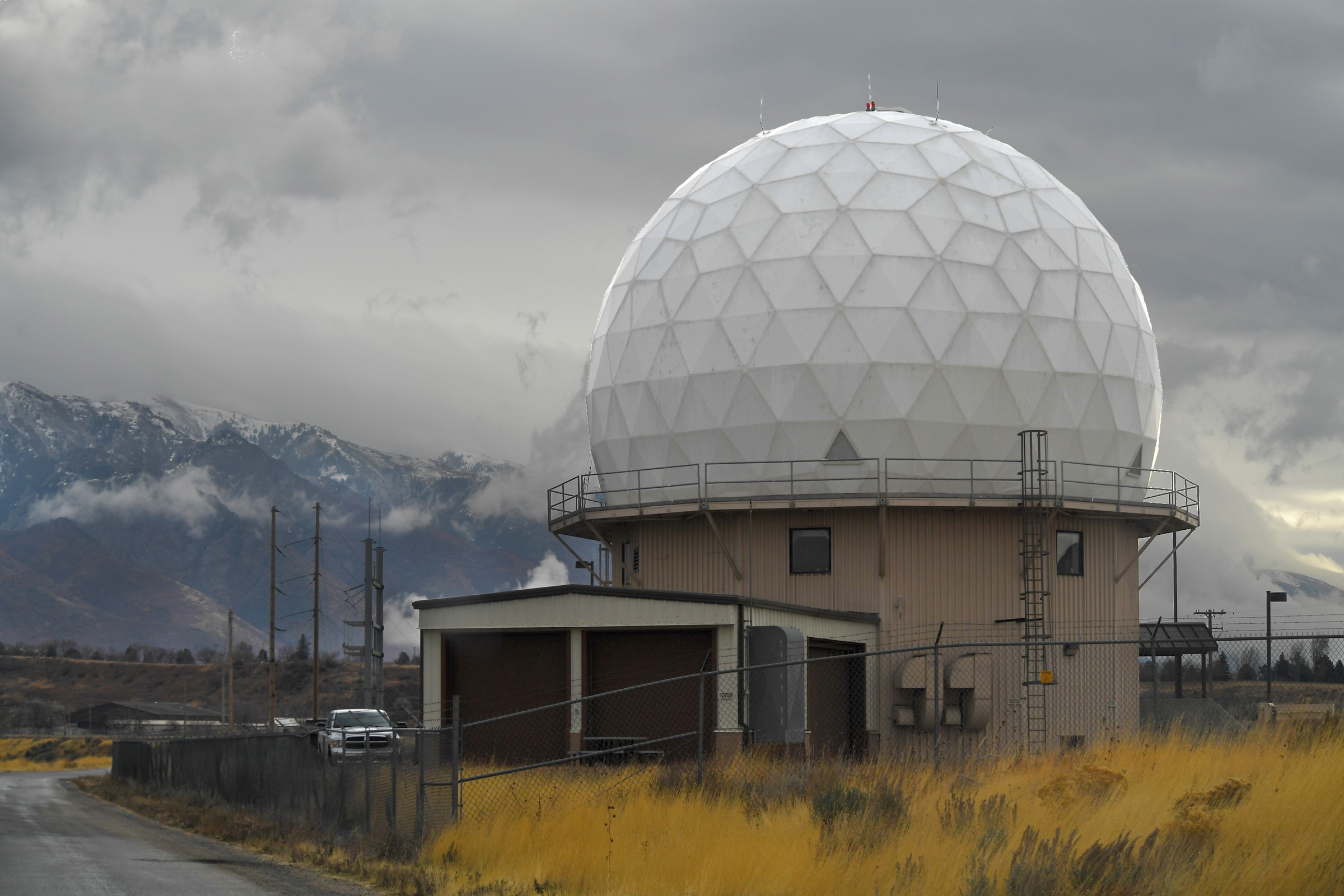
$600 million DoD initiative to demonstrate 5G wireless networks at military bases nationwide. Satellite operators Hughes and Viasat are among several telecommunications technology firms that have won Pentagon contracts. Next step would be for DoD to take advantage of low Earth orbit satellites with lower latencies to deliver 5G for mobile users.
Communications established with payload on stabilized PSLV upper stage
Original Publication Date: 2022-07-06 21:54
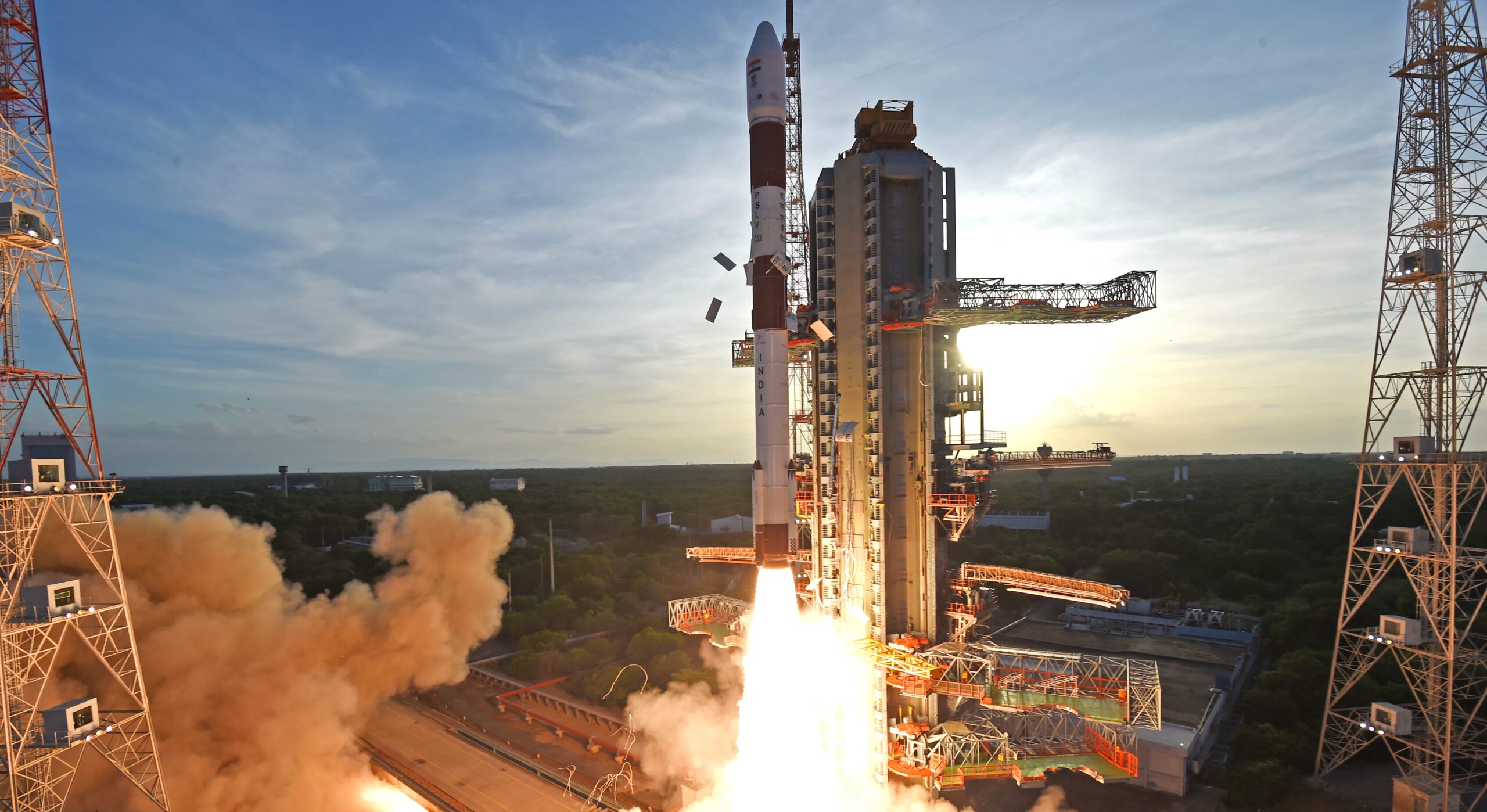
Digantara says its space weather monitoring payload ROBI is operational onboard a spent upper stage of India’s Polar Satellite Launch Vehicle. The company said the experimental payload has successfully sent data from PSLV’s Orbital Experimental Platform. Digantara plans to deploy a satellite early next year to demonstrate how light detection and ranging (LIDAR) sensors would enable it to track space objects.
L3Harris makes strategic investment in Mynaric
Original Publication Date: 2022-07-06 11:04

L3Harris will invest 11.2 million euros ($11.4 million) into Mynaric. L3Harris uses Mynaric’s HAWK terminals for airborne laser communications. L3Harris said it would expand its use of Mynaric systems for other applications. Mynaric has been working with other companies to demonstrate space laser communications.
New launch vehicles set for test flights from China’s Jiuquan spaceport
Original Publication Date: 2022-07-06 09:18
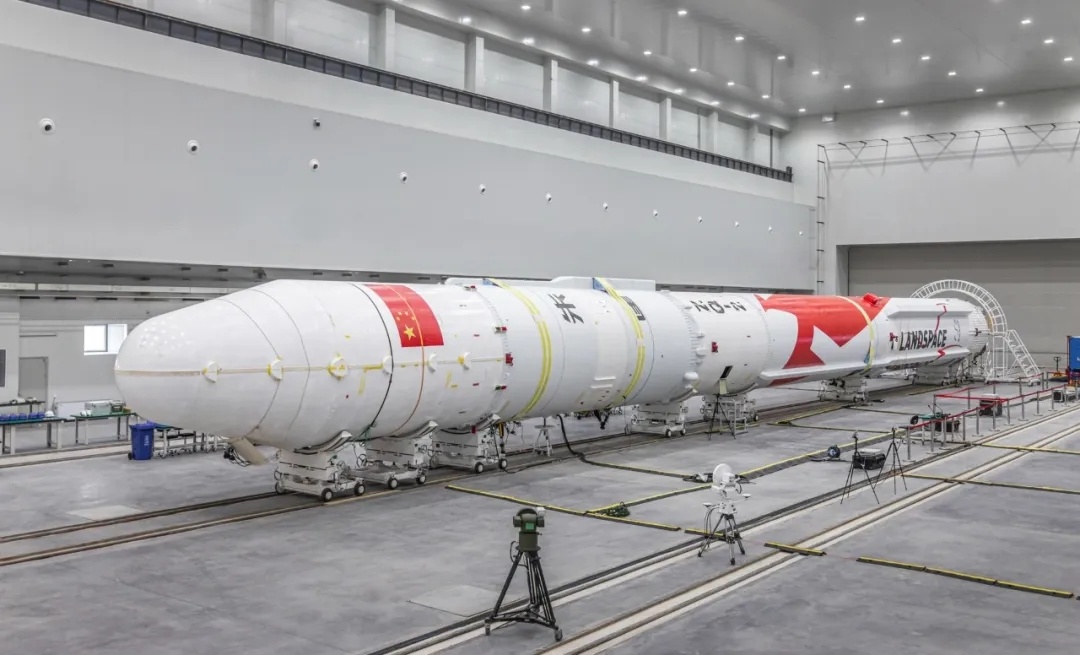
Launch of methane and liquid oxygen rocket from China's Jiuquan spaceport expected in the near future. Launch would represent the first launch of a liquid propellant launch vehicle by China's commercial space sector. Landspace, a Beijing-based launch startup, is working towards the launch of its Zhuque-2 rocket. Another Chinese launch firm, iSpace, is developing its own methalox rocket, the Hyperbola-2.
SpaceX to continue Starlink network deployment with Thursday launch – Spaceflight Now
Original Publication Date: 2022-07-06 00:00
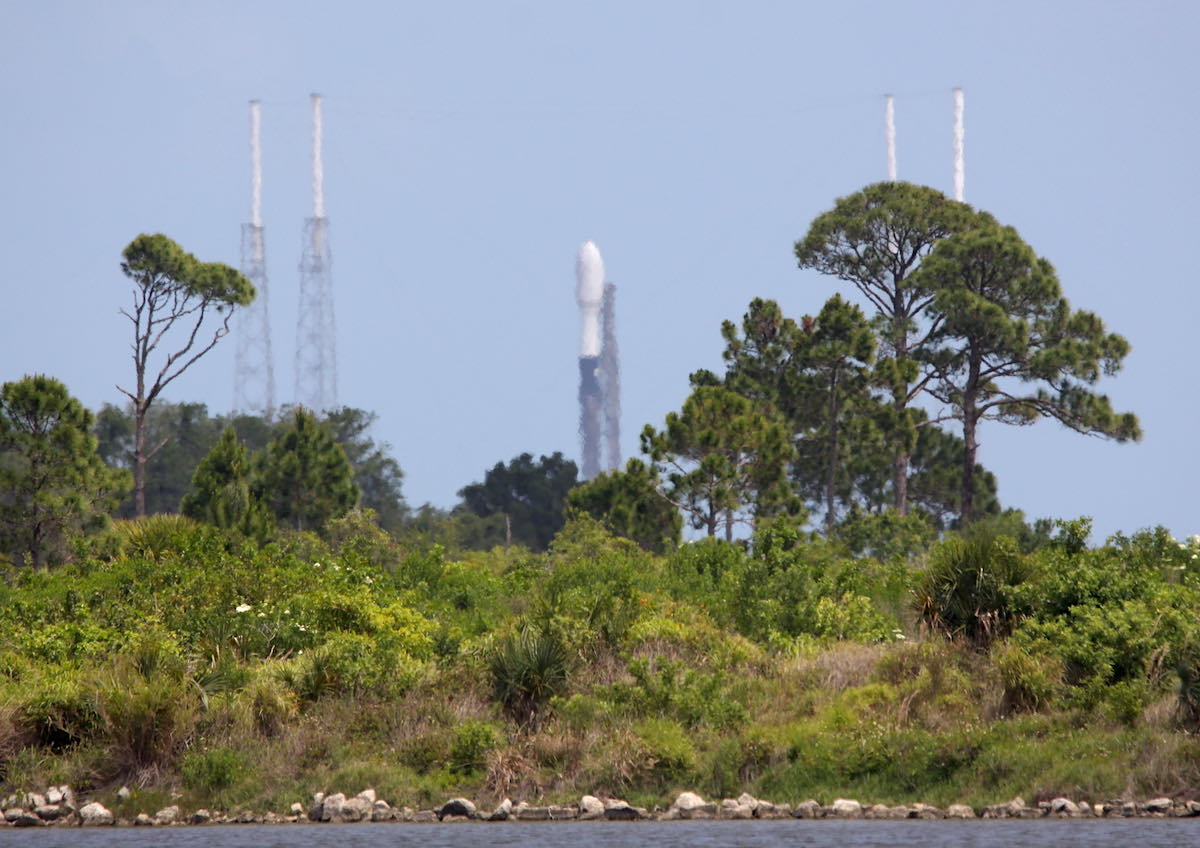
Fifty-three more Starlink internet satellites are fastened to the top of a SpaceX Falcon 9 rocket for liftoff Thursday. There’s an 80% chance of good weather for liftoff of the Falcon 9 on Thursday morning. The launch Thursday is designated Starlink 4-21, and marks the 49th SpaceX mission primarily dedicated to launching satellites for the Starlink broadband network.
World’s rockets on pace for record year of launch activity – Spaceflight Now
Original Publication Date: 2022-07-06 00:00
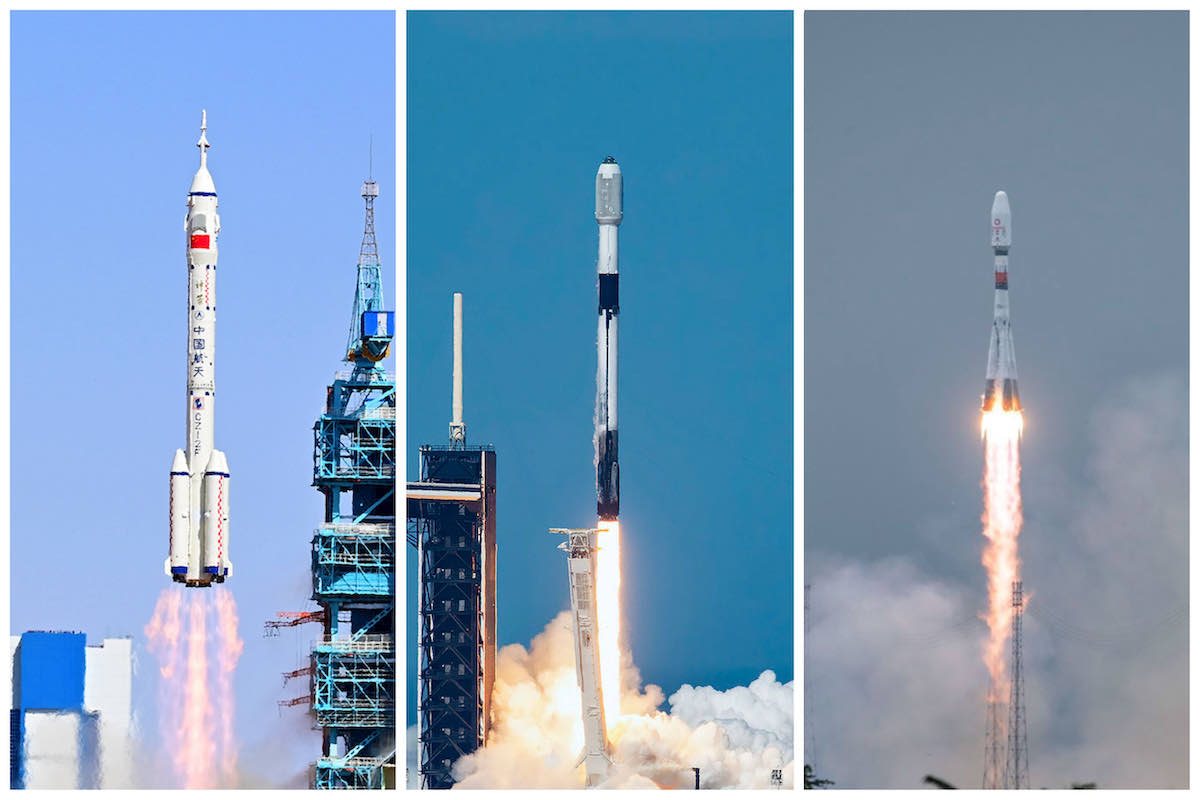
The world’s launch operators, led by SpaceX and China’s state-run enterprises, launched 72 missions into orbit in the first half of 2022. There were 15 launches to add spacecraft to SpaceX’s Starlink internet network, three crew missions to the International Space Station and an astronaut launch to China’s space station.
Virgin Orbit’s first night launch a success; UK mission next – Spaceflight Now
Original Publication Date: 2022-07-02 00:00

Virgin Orbit's air-launched rocket carried seven small CubeSats into orbit on the company’s first nighttime mission late Friday night off the coast of California. The satellites deployed by the LauncherOne rocket will demonstrate new technologies sponsored by the U.S. Military and NASA. Virgin Orbit has now notched four consecutive successful missions with its light-class LauncherOne rocket.
Atlas 5 rocket launches two U.S. military satellites on $1.1 billion mission – Spaceflight Now
Original Publication Date: 2022-07-02 00:00
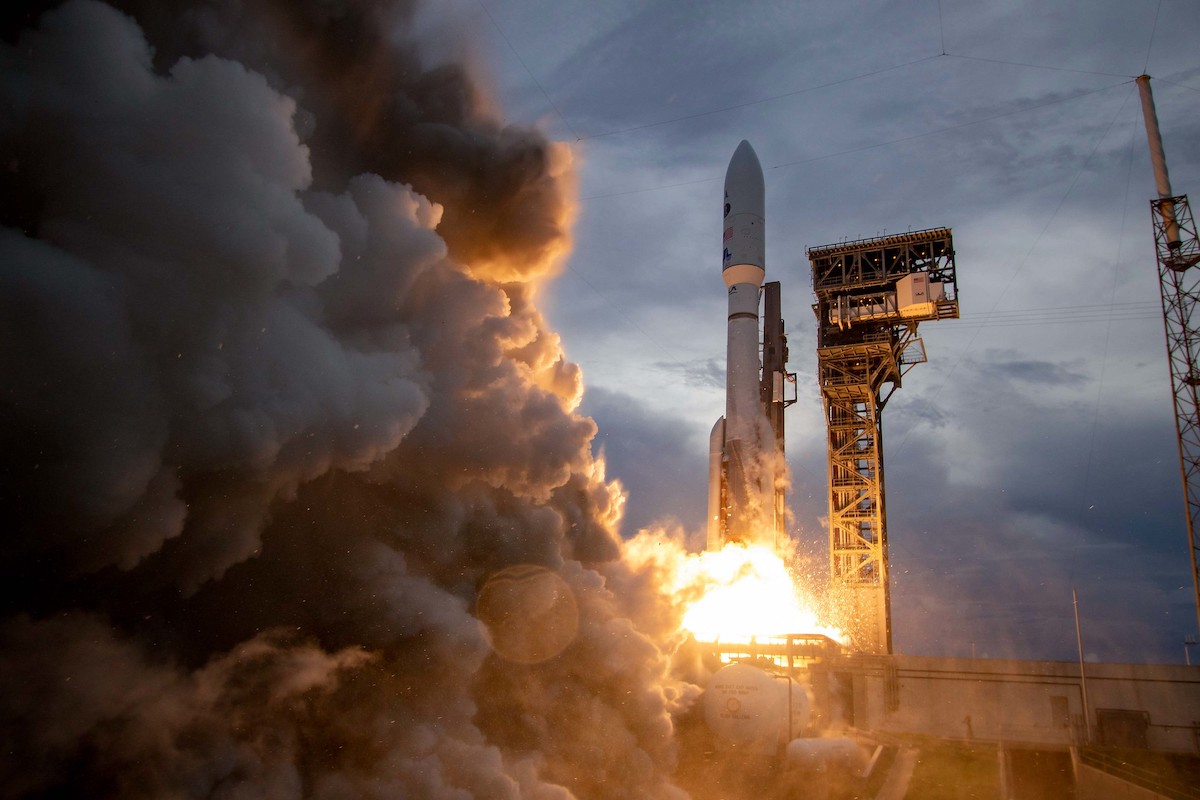
The United Launch Alliance Atlas 5 rocket fired off its launch pad at Cape Canaveral Friday. The mission, designated USSF-12, released the two Space Force satellites into an on-target orbit. The rocket headed east, riding 2.3 million pounds of thrust, and exceeded the speed of sound in less than a minute as it disappeared into an overcast cloud deck.
In a step closer to launch, NASA’s Artemis 1 moon rocket rolls back to hangar – Spaceflight Now
Original Publication Date: 2022-07-02 00:00

The Space Launch System moon rocket was hauled from its launch pad back to the Vehicle Assembly Building at the Kennedy Space Center. The 322-foot-tall (98-meter) moon rocket rolled off its posts at pad 39B at 4:12 a.m. (0812 GMT) Saturday. A diesel-powered crawler-transporter carried the Space Launch System rocket down the ramp and along the rock-covered crawlerway on the 4.2-mile (6.8-kilometer) journey back to the VAB.
NASASpaceFlight.com
China launches the Gaofen-12 03 mission on board a Chang Zheng 4C. The launch occurred from the Jiuquan Satellite Launch Center (JSLC) in China and was confirmed to be a success minutes after liftoff. The satellite launched to a Sun-Synchronous Orbit (SSO)
Commercial Archives
SpaceX's first launch of the second half of 2022 is set for this Thursday. The Falcon 9 rocket will loft another 53 Starlink satellites into low Earth orbit. This will follow the 27 missions conducted by SpaceX in the first half of 2022. Over 30 missions are on the schedule for the company.
International Archives
June 2022 was yet another busy month on the International Space Station. The ISS is filled with new spacecraft arrivals, departures, and intriguing research performed by the Expedition 67 crew. The ISS is home to the International Space Station (ISS) and its 67-person Expedition 67 crew.
Chinese Long March 3B Launches APStar-6C Communications Satellite – Spaceflight101

China conducted a rare commercial launch of a Long March 3B rocket with the APStar-6C communications satellite for APT Satellite Holdings. Long March 3B lifted off from the Xichang Satellite Launch Center at 16:06 UTC on a mission of under half an hour to lift the spacecraft into an elliptical Geostationary Transfer Orbit. Confirmation of launch success was provided by APT Satellite around 40 minutes after liftoff when the satellite had been separated into its target orbit.
Blue Origin’s New Shepard Reaches new Heights in latest Test Flight – Spaceflight101

Blue Origin's New Shepard rocket returned to its West Texas testing grounds on Sunday for the eighth flight of its reusable New Shepard launch system. Sunday’s flight was designed to expand the vehicle’s operational envelope by sending it to a peak altitude of 107 Kilometers, a new record for New Shepard. Demonstrating that New Shepard can reliably lift its Crew Capsule above the Karman Line represents an important objective of the company’s drive toward beginning sub-orbital tourism flights.
ISS Updates – Spaceflight101 – International Space Station

A veteran NASA spacewalker and an EVA rookie from Japan ended their week with nearly six hours of work outside the International Space Station on Friday. The restoration of the Station’s Mobile Servicing System started last year and continued in January to provide Canadarm2 with a new pair of grappling hands.
My Favorite Martian Image: ‘Enchanted’ Rocks at Jezero Crater

The rocks of the crater floor are igneous in origin, having formed billions of years ago from molten rock. Over time, mud, silt, and sand brought into the lake that filled Jezero compressed and solidified into thin layers of sedimentary rock. If microscopic organisms were also present during sedimentary rock formation, they could have been captured within the layers.
NASA’s Stratospheric Balloon Mission Gets Telescope With Giant Mirror
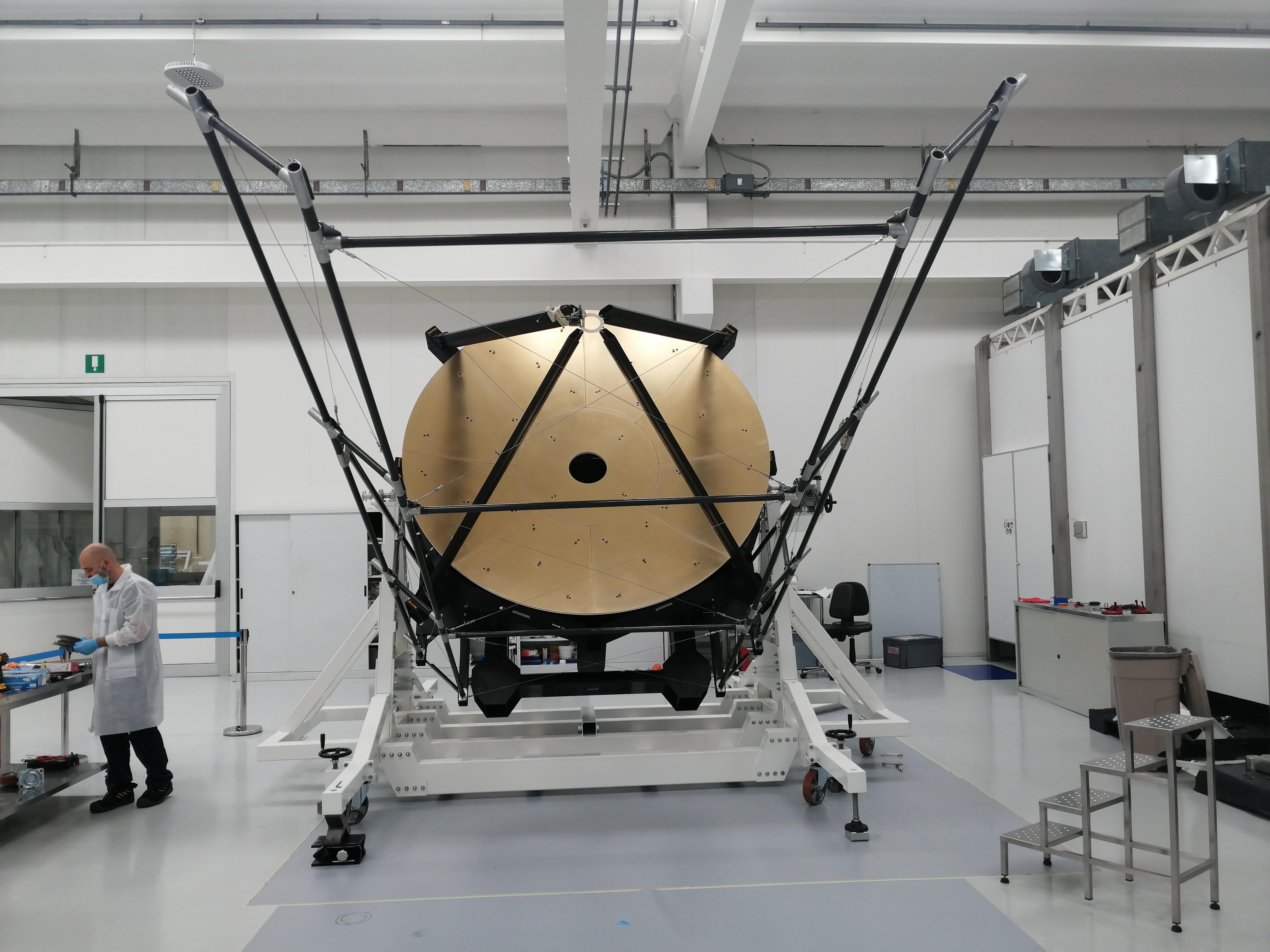
The ASTHROS primary mirror features nine panels, which are significantly easier to fabricate than a one-piece mirror. Media Lario will deliver the full telescope unit to NASA in late July. ASTHROS will be launched from NASA’s Long Duration Balloon Facility in Antarctica.
Swarm of Tiny Swimming Robots Could Look for Life on Distant Worlds

Swarm of robots would be connected via a communications tether to the surface-based lander. Each robot would have its own propulsion system, onboard computer, and ultrasound communications system. Chemical sensors to monitor for biomarkers – signs of life – will be part of Schaler’s Phase II study.
Help NASA Scientists Find Clouds on Mars

Cloudspotting on Mars is the first planetary science project to be funded by NASA’s Citizen Science Seed Funding program. The project revolves around a 16-year record of data from the agency’s Mars Reconnaissance Orbiter (MRO), which has been studying the Red Planet since 2006.
NASA’s Curiosity Takes Inventory of Key Life Ingredient on Mars

The experiment used oxygen and heat to convert the organic carbon to carbon dioxide (CO2) The process also allowed SAM to measure the carbon isotope ratios, which help to understand the source of the carbon. The resource-intensive experiment was performed only once during Curiosity’s 10 years on Mars.
Scientists discover how first quasars in universe formed
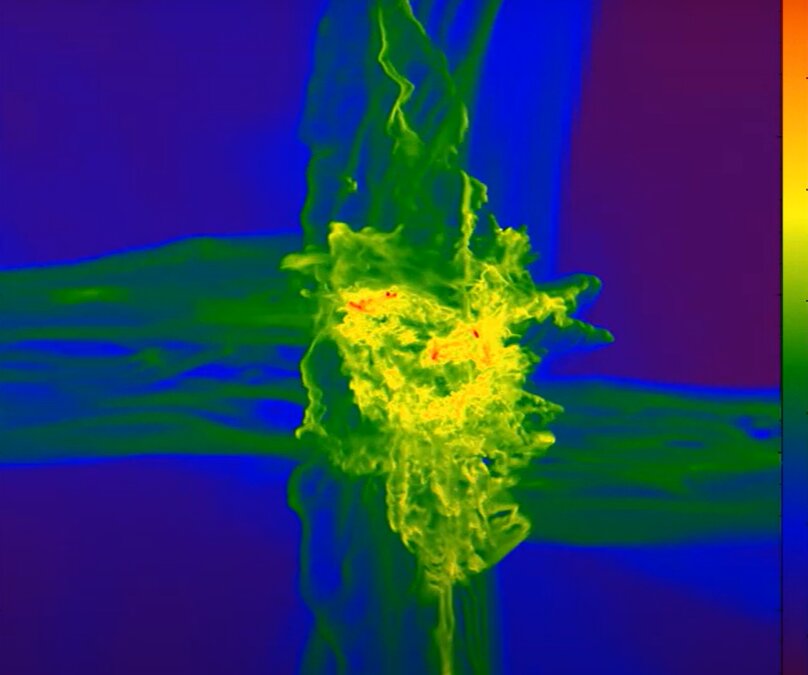
Mystery of how the first quasars in the universe formed has been solved. The existence of more than 200 quasars powered by supermassive black holes less than a billion years after the Big Bang had remained one of the outstanding problems in astrophysics. The first quasars naturally formed in the violent, turbulent conditions of rare reservoirs of gas in the early universe.
Why does inside of solar system not spin faster? Old mystery has possible new solution

Caltech researchers have solved a longstanding mystery about thin gas disks rotating around young stars. Scientists realized that when this inward spiraling occurs, it should cause the radially inner part of the disk to spin faster. Curiously, though, it does not spin as fast as predicted by the law of conservation of angular momentum.
Two new rotating radio transients discovered by astronomers

Russian astronomers have found two new rotating radio transients. RRATs are a subclass of pulsars characterized by sporadic emission. The distances were estimated to be about 3,100 and 7,200 light years, for J1550+09 and J2047+13.
Contact restored with NASA spacecraft headed to lunar orbit
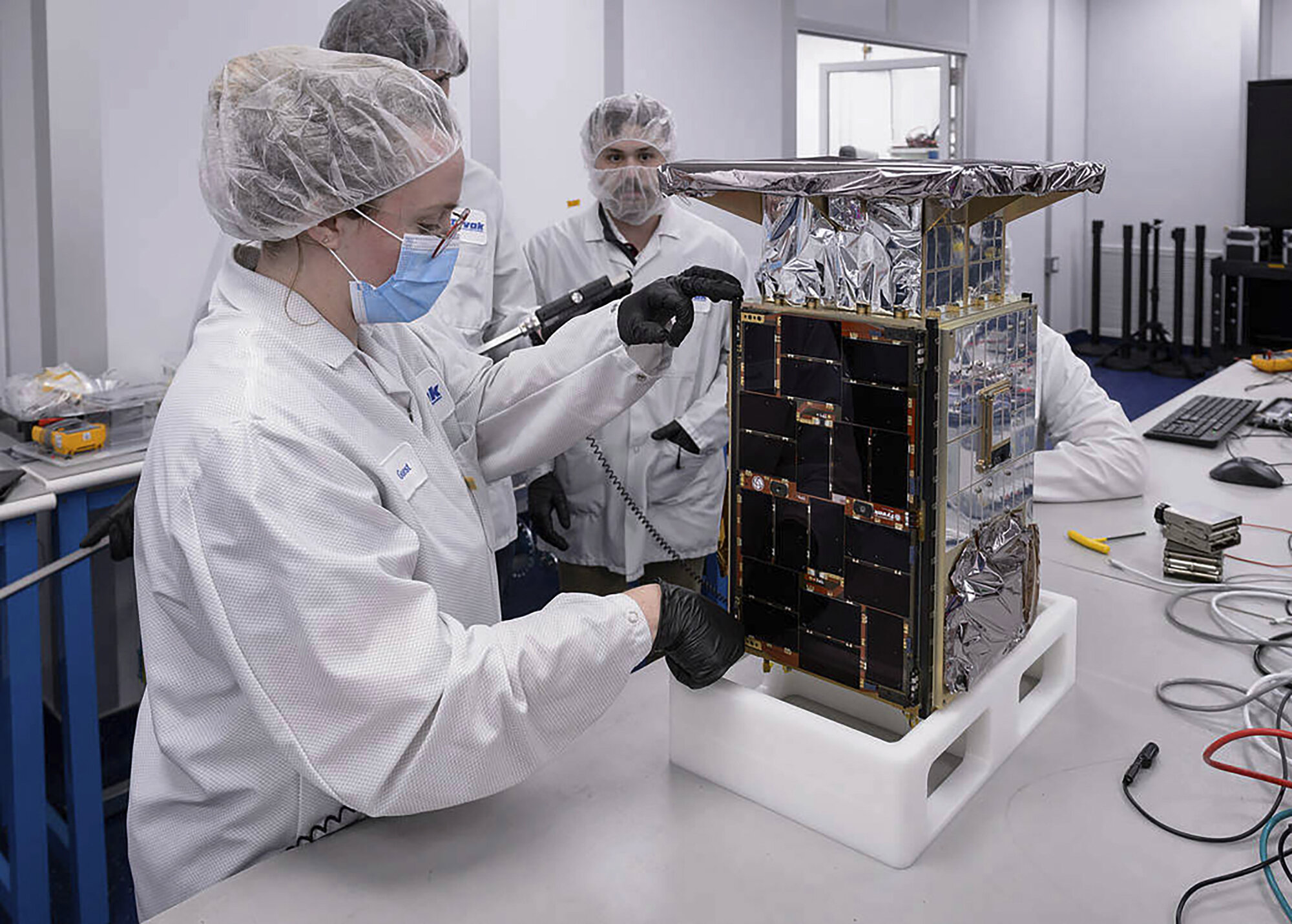
NASA lost contact with a $32.7 million spacecraft headed to moon to test out a lopsided lunar orbit. The spacecraft spent nearly a week circling the globe after launching from New Zealand on June 28. The 55-pound satellite is the size of a microwave oven.
Could we eavesdrop on communications that pass through our solar system?
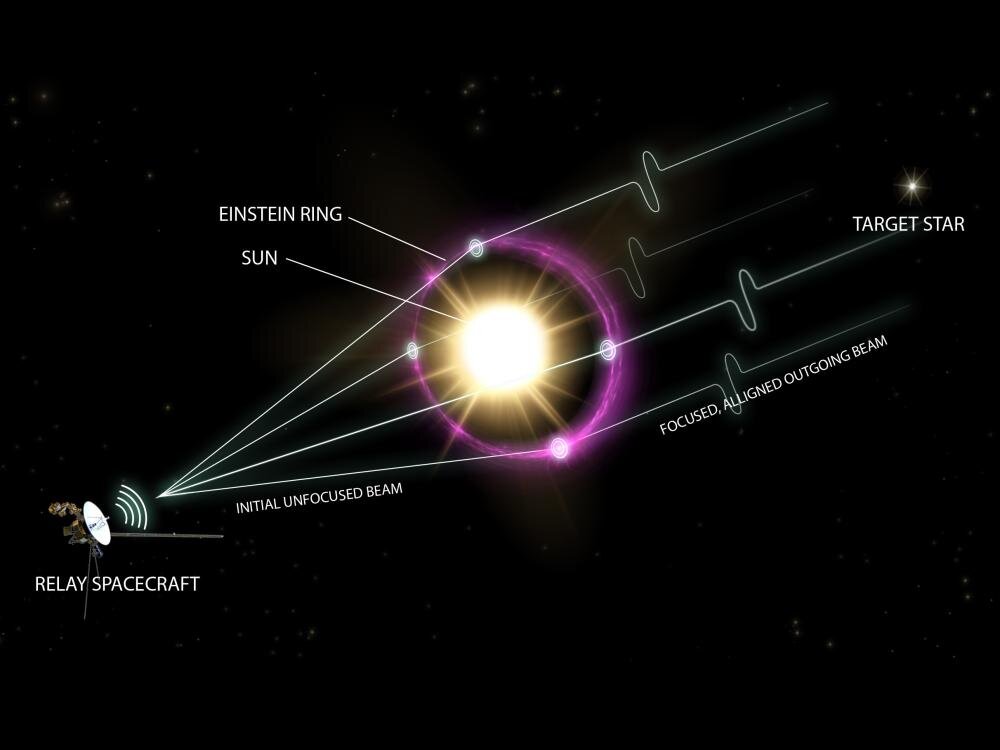
A new study by researchers at Penn State investigated our solar system for communication signals that might be taking advantage of our own sun. A signal from—or passing through—a relay probe would bend due to gravity as it passes by the star. The warped space around the object acts somewhat like a lens of a telescope, focusing and magnifying the light.
